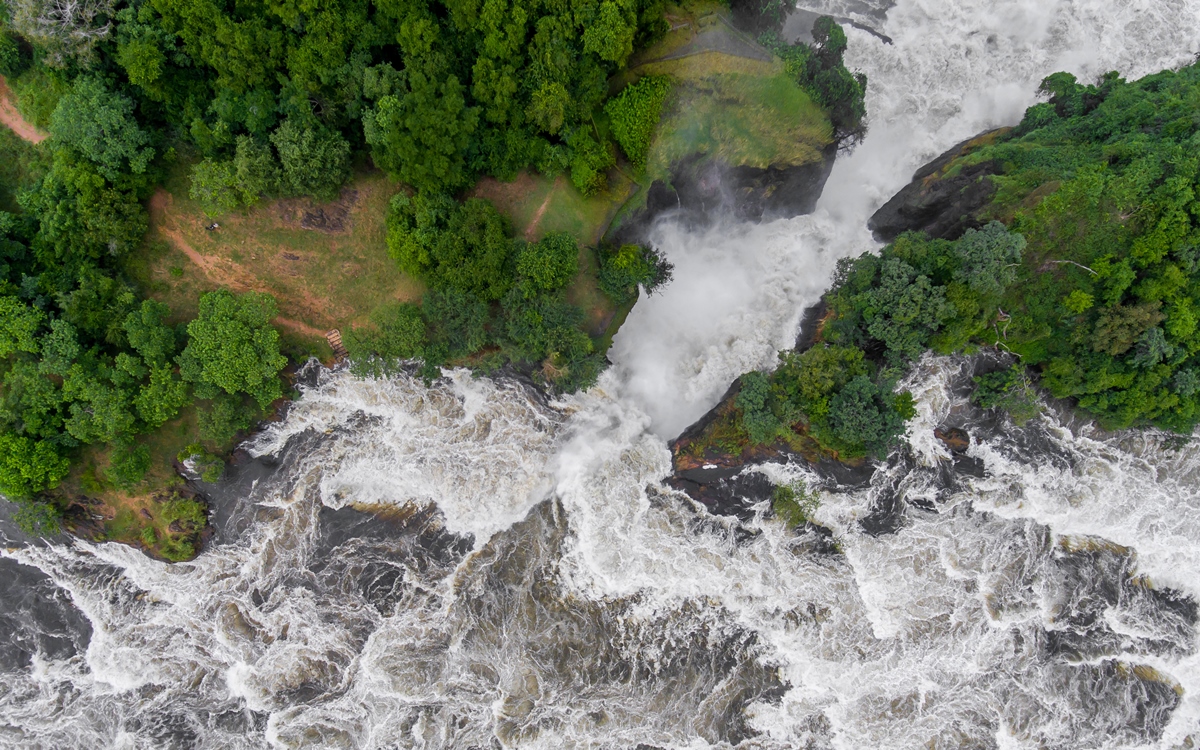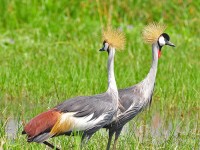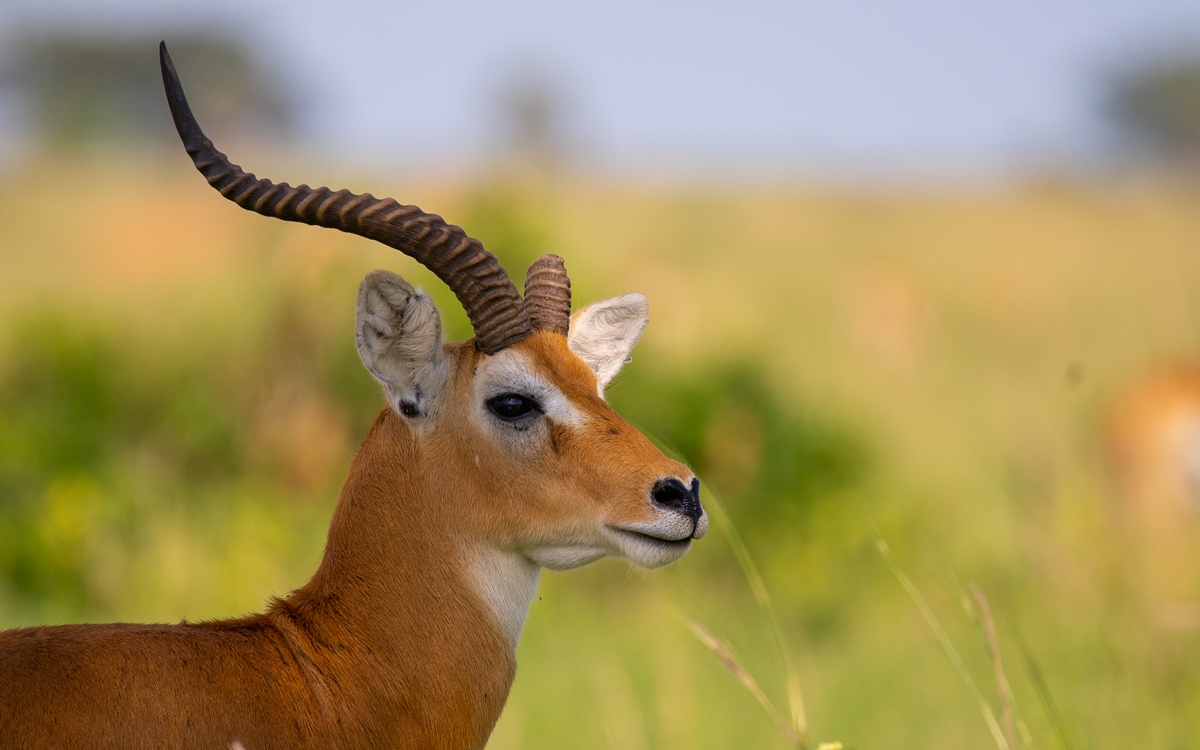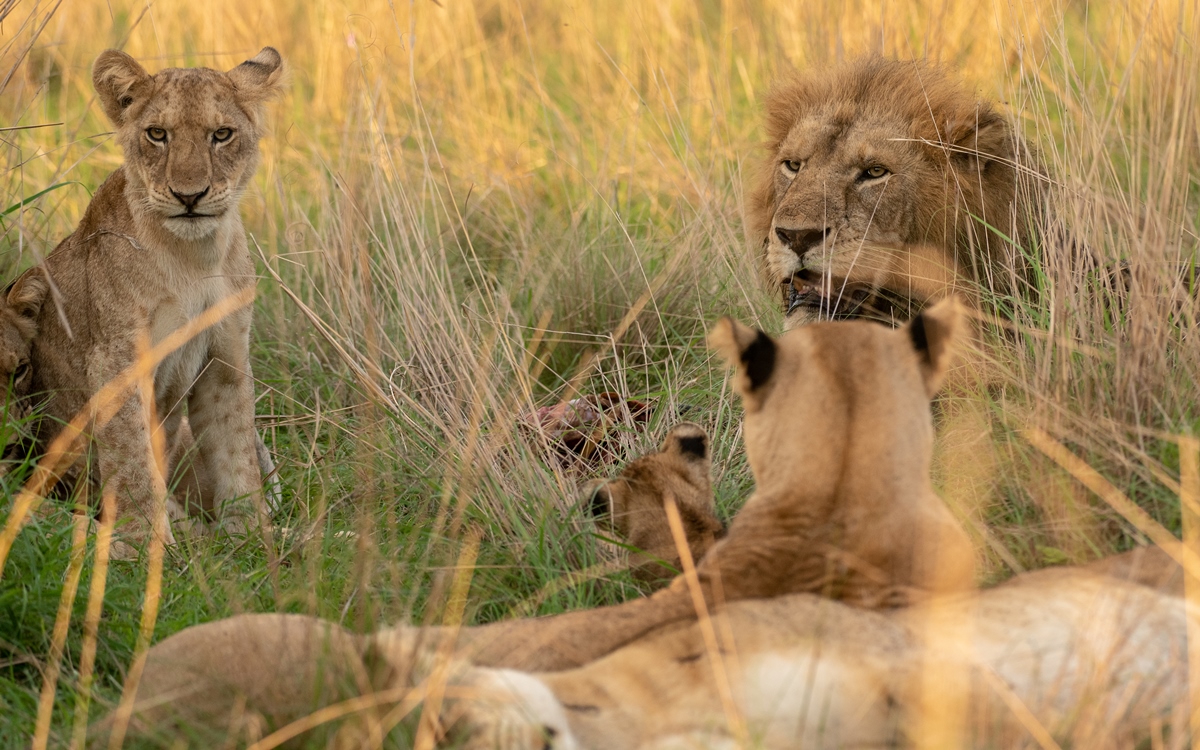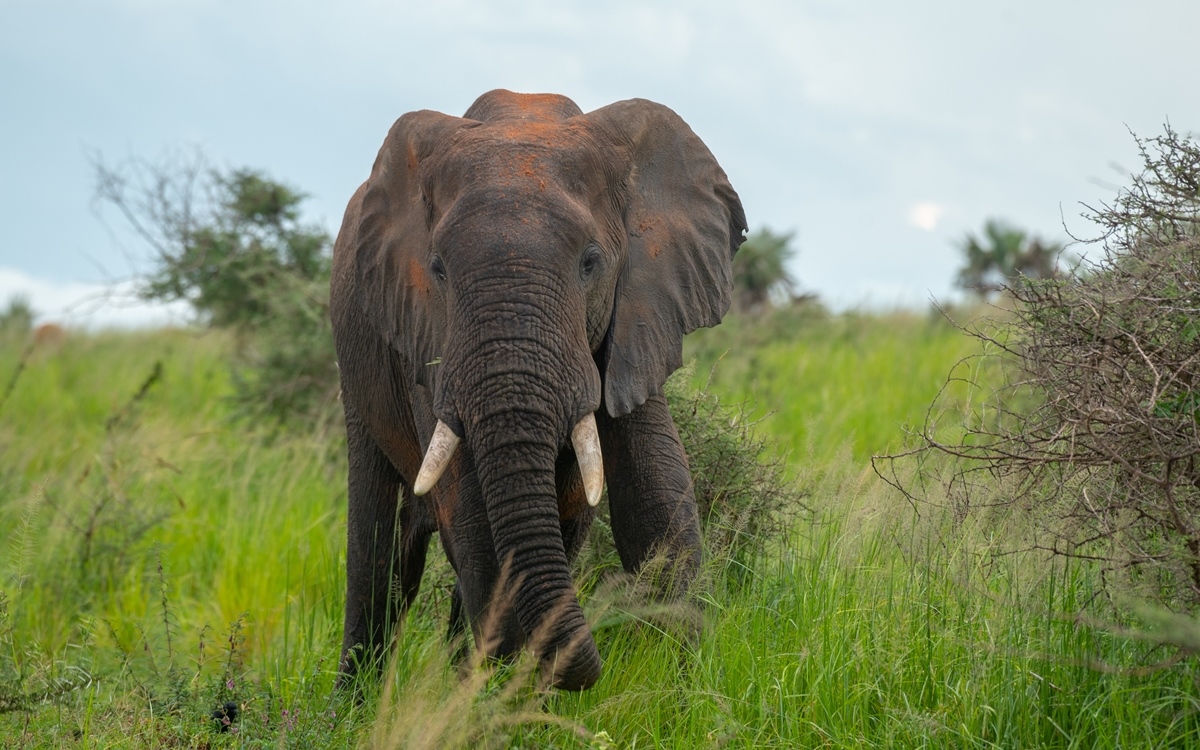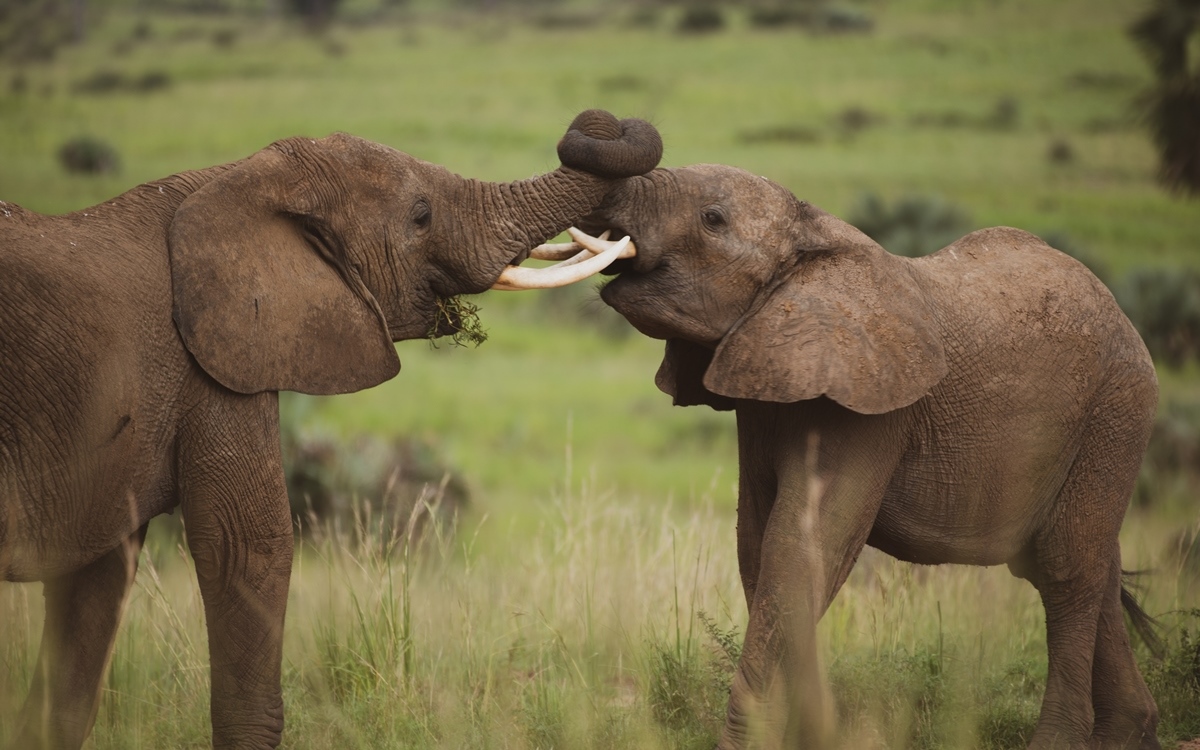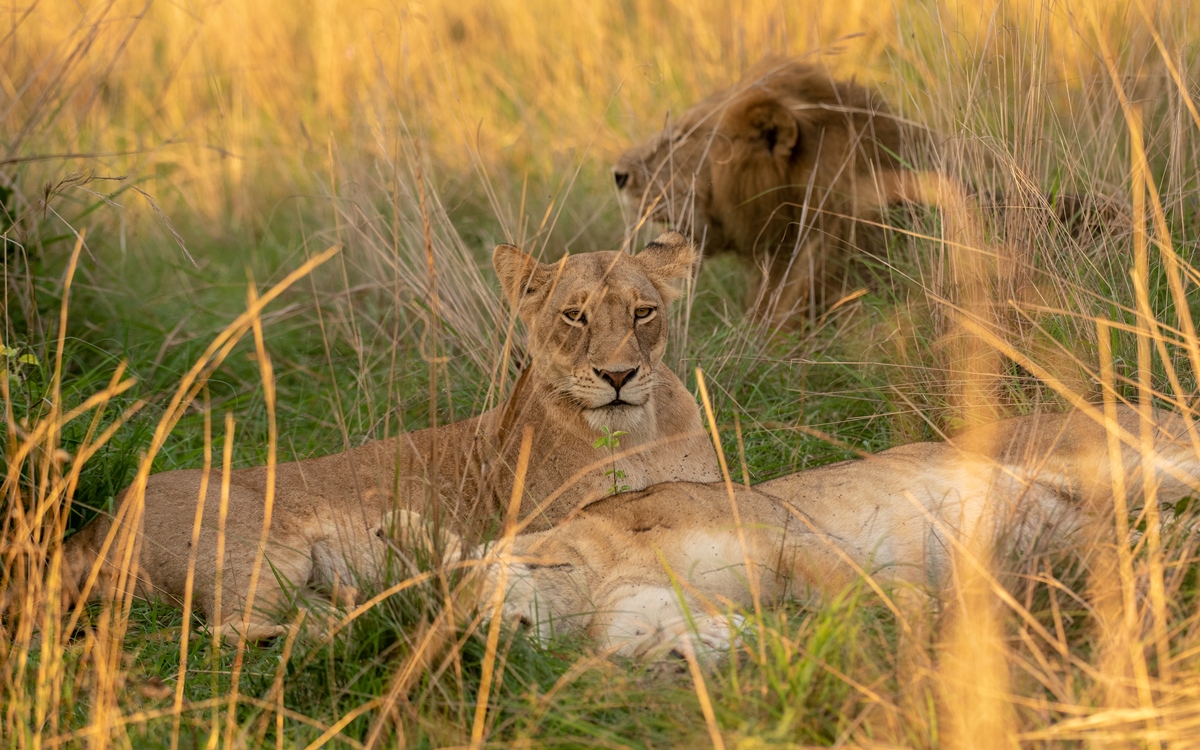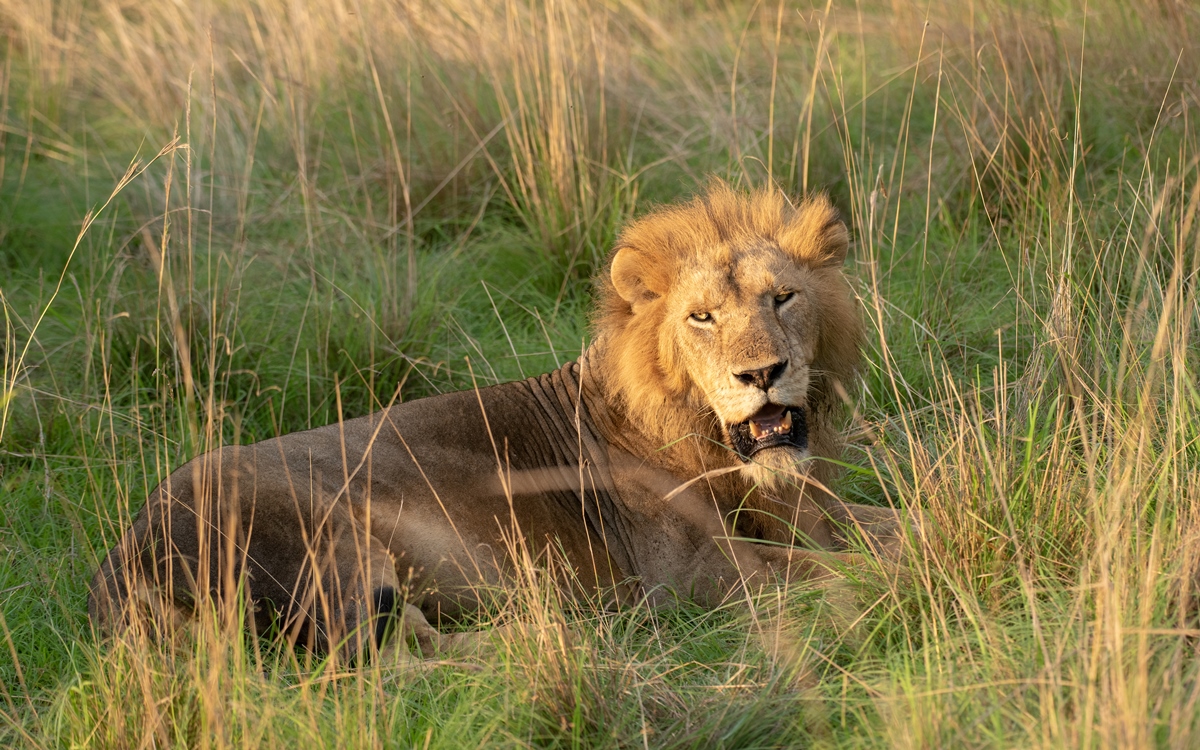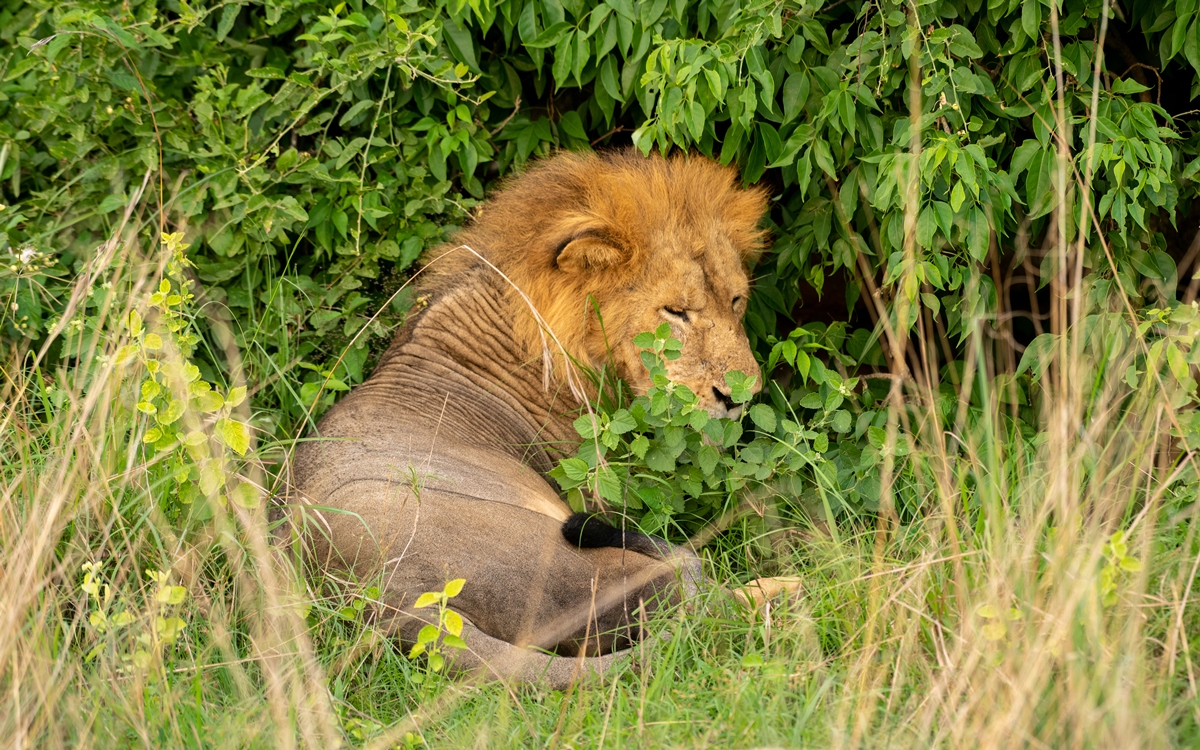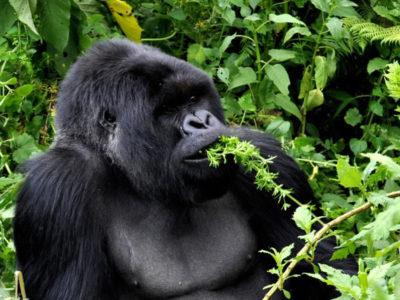Murchison Falls National Park | National Parks, Uganda
Murchison Falls National Park became one of Uganda’s first national parks in 1952
At Murchison Falls, the Nile squeezes through an 8m wide gorge and plunges with a thunderous roar into the "Devil's Cauldron", creating a trademark rainbow.
The northern section of the park contains savanna and borassus palms, acacia trees and riverine woodland. The south is dominated by woodland and forest patches.
The 1951 film "The African Queen" starring Humphrey Bogart was filmed on Lake Albert and the Nile in Murchison Falls National Park.
Murchison Falls National Park lies at the northern end of the Albertine Rift Valley, where the sweeping Bunyoro escarpment tumbles into vast, palm-dotted savanna. First gazetted as a game reserve in 1926, it is Uganda's largest and oldest conservation area, hosting 76 species of mammals and 451 birds.
Murchison Falls National Park is bisected by the Victoria Nile, which plunges 45m over the remnant rift valley wall, creating the dramatic Murchison Falls, the centerpiece of the park and the final event in an 80km stretch of rapids. The mighty cascade drains the last of the river's energy, transforming it into a broad, placid stream that flows quietly across the rift valley floor into Lake Albert. This stretch of river provides one of Uganda's most remarkable wildlife spectacles. Regular visitors to the riverbanks include elephants, giraffes and buffaloes; while hippos, Nile crocodiles and aquatic birds are permanent residents.
Notable visitors to the park include Winston Churchill, Theodore Roosevelt, Ernest Hemingway and several British royals.
History
Murchison Falls Conservation Area is one of the oldest, and is the largest, protected area (PA) in Uganda. It is comprised of Murchison Falls National Park, Bugungu Wildlife Refuge and Karuma Wildlife Refuge. Currently, the national park itself encompasses 3,893 sq.km. Bugungu Wildlife Refuge (501 sq.km) and Karuma Wildlife Refuge (678 sq.km) are adjacent and act as buffer zones for the park. In addition is Budongo Forest Reserve which overlaps parts of both wildlife reserves, and covers an additional 591 sq.km. This makes a total of 5,663 sq.km of space that is under some level of protection through controlled use. The national park and the two wildlife reserves are managed by the Uganda Wildlife Authority (UWA) as the Murchison Falls Conservation Area (MFCA) and the Budongo Forest Reserve is managed by the National Forestry Association except where it overlaps with UWA-managed lands.
Between the years of 1907 and 1912, the inhabitants of an area of about 13,000 sq.km were evacuated due to sleeping sickness spread by tse-tse flies. This paved the way for the establishment of the Bunyoro Game Reserve in 1910, which encompassed roughly the area south of the Nile River that is now part of the National Park in Masindi District. In 1928 the boundaries were extended into Gulu District north of the river, and the resulting protected area (PA) became known as the Bunyoro-Gulu Game Reserve. As the human population had already been evacuated due to sleeping sickness, it was possible to establish this game reserve without displacing any of the local people for the sake of the park. In 1932, the Budongo Forest Reserve was established. This became the first commercial logging concession in Uganda, and to date is one of the most intensively studied “working” forests in the world. The boundaries of this forest continued to expand over the next thirty years until they reached the current size of 825 sq.km. Much animosity was created by this process as locals lost land and never quite knew where the boundaries were due to the frequent changes
In 1952, the British administration established the National Parks Act of Uganda. After forty years of reduced hunting in the Bunyoro-Gulu Game Reserve, the animal populations had expanded to an extent that justified upgrading the reserve, which became Murchison Falls National Park, one of the first two national parks, along with Queen Elizabeth NP. By the mid-1960’s, Murchison Falls had become the premier safari destination in all of East Africa, with over 60,000 visitors per year.
Murchison Falls National Park Geography and climate
Murchison Falls National Park lies in north western Uganda, spreading inland from the shore of Lake Albert around the Victoria Nile. Together with the adjacent 748 square kilometers Bugungu Wildlife Reserve and the 720 square kilometers Karuma Wildlife Reserve, the park forms the Murchison Falls Conservation Area MFCA. Murchison Falls National Park is located in Buliisa District in western Uganda and in Nwoya District in northern Uganda. The park is situated approximately 300 kilometers, by road, northwest of Kampala, Uganda's capital city.
The climate in Murchison Falls National Park is tropical and hot. Being close to the equator, temperatures are quite uniform throughout the year. The area around Murchison Falls National Park (MFNP) has two rainy seasons. These seasons are not as pronounced as they are at more equatorial regions in Uganda.
Biodiversity
Murchison Fall National Park houses a combination of grasslands, wooded savannah, tropical forests, wetlands, and open water covering approximately 39,000 ha at an altitude of more than 600m. The park houses 109 species of mammals including; hippopotamus, antelope, giraffes, hartebeest, oribi and Uganda kob, 145 tree species and 0ver 476 bird species. Murchison Falls NP is one of the best places in Africa to find the shoebill stork. The boat trip on the Victoria Nile is a great start for many water-associated birds. With 53 species recorded, raptors are also very well represented. The park's impressive checklist contains more than 450 species. Migratory birds are present from November to April.
Murchison Fall National Park supports four of the "Big Five", only rhino being absent. Buffalo and elephant are particularly common. There is a very healthy population of lions that like to prey on the abundantly available Uganda kob. Hyena is present but rare but zebra is absent. The Victoria Nile is a magnet for wildlife and it teems with crocodiles and hippos. Chimpanzees can be tracked in neighboring Budongo Forest Reserve. Large herds of the localized Rothschild's giraffe are found in the park. The rare Patas monkey can sometimes be spotted on the grassy plains.
Tourism in Murchison Fall National Park
Tourists can visit the park any time throughout the year, although conditions in the park are more difficult during the rainy season and it is usually advisable to use 4x4 vehicles while on your Murchison Falls safari. Available tourist accommodation includes lodges notably Paraa Safari Lodge, Chobe Safari Lodge, Nile Safari Lodge, Sambiya River Lodge, Pakuba Safari Lodge, Budongo Eco Lodge, Bakers Lodge, and alternative budget accommodation at Red Chilli Rest Camp.
The major tourist activities in the park include game viewing typically around the delta circuit, chimpanzee tracking in the Budongo Forest, Launch cruise along the Nile to the bottom of the falls rewards you with sights of a diversity of bird species as well as wildlife, and there is also an interesting walk to the top of the falls.
Seek advice from your local Uganda safari operator on how best you can access the park as well as how to pay for any of the activities you wish to get involved in. Note that you can book your activities from the Uganda Wildlife Authority offices in Kampala or at any entry points of the park.

